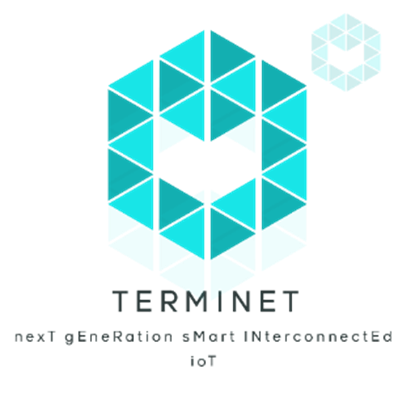
UBITECH participates at the virtual kick-off meeting hosted by the University of Western Macedonia (November 23-24, 2020) of the TERMINET Research and Innovation Action, officially started on November 1st, 2020. The project is funded by European Commission under Horizon 2020 Programme (Grant Agreement No. 957406) and spans on the period November 2020 – October 2023. The vision of TERMINET is to provide a novel next generation reference architecture based on cutting-edge technologies such as SDN, multiple-access edge computing, and virtualisation for next generation IoT, while introducing new, intelligent IoT devices for low-latency, market-oriented use cases.
TERMINET’s primary intention is to bring (more efficient and accurate) decisions to the point of interest to better serve the final user targeting at applying distributed AI at the edge by using accelerated hardware and sophisticated software to support local AI model training using federated learning. TERMINET aspires to reduce the complexity of the connecting vast number of heterogeneous devices through a flexible SDN-enabled middleware layer. It also aims to design, develop, and integrate novel, intelligent IoT devices such as smart glasses, haptic devices, energy harvesting modules, smart animal monitoring collars, AR/VR environments, and autonomous drones, to support new market-oriented use cases.
Within TERMINET, UBITECH drives the design and the development of the SDN vMEC, which lies on the edge network and the platform layer. This includes a) the SDN parts of the middleware layer, b) the mechanisms and tools available for big data streaming analytics, c) the hardware abstraction using the agreed semantics to overcome heterogeneity, d) the module for SDN enabled integration with the PaaS, and e) the virtualisation environment, including the necessary NFV software modules for man aging resources and deployed services over cloud platform, platform platform, and platform edge computing settings.


